Professional Installation: Securing Your Home with Optimal Entry Doors
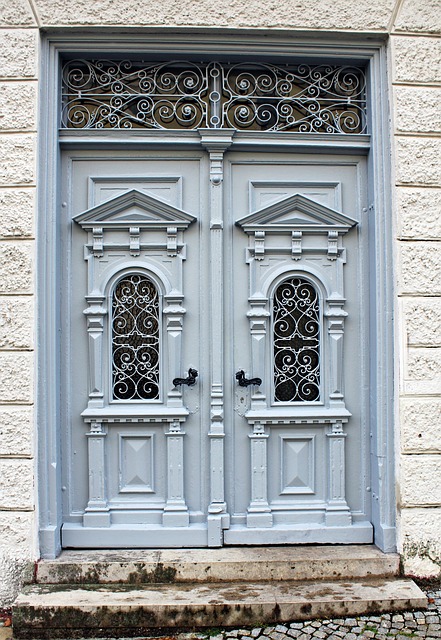
The installation of secure entry doors is a vital security measure for homeowners, best left to prof…….
Introduction
In an era where home security is paramount, the installation of robust security doors has become a critical component in safeguarding residential and commercial properties worldwide. This comprehensive article delves into the intricacies of security door installation, from its core components to its impact on global safety and economic systems. We will explore the technological advancements shaping this field, the policies that govern it, the challenges it faces, and the future prospects that will drive its evolution. By the end of this article, readers will have a profound understanding of the significance of security doors and how they contribute to our collective well-being and security.
Understanding Security Door Installation
Security door installation refers to the process of fitting a door with enhanced security features to protect against forced entry, theft, and unauthorized access. These features may include high-strength locks, reinforced frames, solid core doors, and in some cases, electronic access control systems. The installation involves selecting appropriate materials, understanding potential vulnerabilities, and applying best practices to ensure the door’s integrity and functionality.
Historically, security doors have evolved from simple wooden barriers to sophisticated, technologically-advanced systems incorporating smart home integration. Their significance lies in their ability to act as a first line of defense against a myriad of threats, deterring criminal activity and providing peace of mind for property owners. In the broader landscape of home security, security doors are a vital element alongside alarms, surveillance cameras, and other protective measures.
Global Impact and Trends
The influence of security door installation is not confined to a single region but is a global concern with regional nuances. In high-crime urban areas, the demand for high-security doors is driven by the need to deter break-ins. In contrast, in suburban and rural regions, security doors often serve as a protective measure against less frequent but potentially severe threats such as natural disasters or intruders.
Key trends shaping the industry include the integration of biometric technology, smart home connectivity, and customizable security solutions tailored to specific risks and environmental conditions. The global market for security doors is witnessing significant growth, with manufacturers and installers adapting to evolving consumer demands and technological advancements.
Economic Considerations
The economic impact of security door installation extends beyond the immediate costs of purchase and installation. It encompasses job creation in manufacturing, distribution, and installation services, as well as contributing to broader economic stability by reducing crime rates and associated economic losses.
Market dynamics are influenced by technological innovation, consumer awareness, and shifting demographic trends. Investment patterns reflect a growing recognition of the importance of security measures, with a notable increase in spending on residential and commercial property protection. In economic systems where crime rates are high, security doors offer a tangible return on investment by reducing the likelihood of break-ins and thefts.
Technological Advancements
Technological advancements have revolutionized the field of security door installation, with innovations ranging from stronger materials to smart lock systems that can be controlled remotely. High-tech features such as fingerprint scanners, facial recognition, and advanced alarm systems have made security doors more effective than ever before.
The future potential of these technologies includes the integration of artificial intelligence and machine learning to predict and prevent security breaches. Smart sensors and automated responses can enhance the protective capabilities of security doors, ensuring that they remain a central component in home security strategies.
Policy and Regulation
Policies and regulations governing security door installation vary by jurisdiction but generally aim to ensure that these systems meet minimum safety and performance standards. Building codes, fire safety regulations, and local ordinances all impact how security doors are installed and what features they must possess.
Legislative frameworks influence the design, materials, and installation processes, ensuring that security doors contribute positively to both individual and community safety. Compliance with these regulations is not only a legal requirement but also a reflection of the industry’s commitment to quality and safety standards.
Challenges and Criticisms
Security door installation is not without its challenges, including concerns over privacy with surveillance features, the potential for technological failures, and the need for ongoing maintenance and updates. Additionally, the high initial cost can be a barrier for some consumers, necessitating solutions that balance affordability with security.
To address these issues, stakeholders must focus on creating accessible, reliable, and user-friendly systems. Education and awareness campaigns can help consumers make informed decisions about their security needs. Collaboration between manufacturers, installers, and regulatory bodies is essential to ensure that the industry evolves in a way that addresses current and emerging challenges effectively.
Case Studies
Several case studies highlight the successful application of security door installation across different contexts. In urban neighborhoods plagued by theft, communities have reported a significant decrease in criminal activity following the widespread adoption of enhanced security measures. In areas prone to natural disasters, fortified doors have played a crucial role in minimizing damage and protecting lives. These real-world examples underscore the practical benefits of investing in high-quality security doors.
Future Prospects
The outlook for security door installation is promising, with opportunities for growth in both residential and commercial sectors. Emerging trends suggest a move towards more personalized and integrated systems that can adapt to various threats. The role of artificial intelligence and data analytics will likely expand, enabling predictive security measures and more responsive systems.
Strategic considerations for the future include the development of sustainable materials and energy-efficient technologies, as well as ensuring that advancements in security are accessible to all communities. As crime patterns evolve, so too must the solutions provided by the security door industry, ensuring that it remains at the forefront of home protection technology.
Conclusion
Security door installation represents a critical component of modern home security strategies. It is shaped by technological advancements, economic factors, and regulatory considerations, with its global impact and regional trends reflecting a broad range of challenges and opportunities. As the industry continues to evolve, it must navigate the balance between innovation, affordability, and effectiveness to meet the changing needs of property owners worldwide. With a focus on adaptability and collaboration, security doors will remain an essential element in safeguarding homes and communities for years to come.

The installation of secure entry doors is a vital security measure for homeowners, best left to prof…….
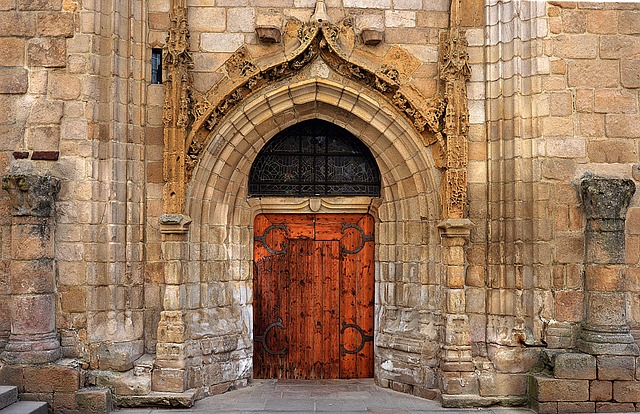
Heavy-duty mesh and tamper-proof locks are key components in reinforced door installation, enhancing…….

Rust, wear, and environmental damage pose significant challenges for outdoor or humid-climate securi…….
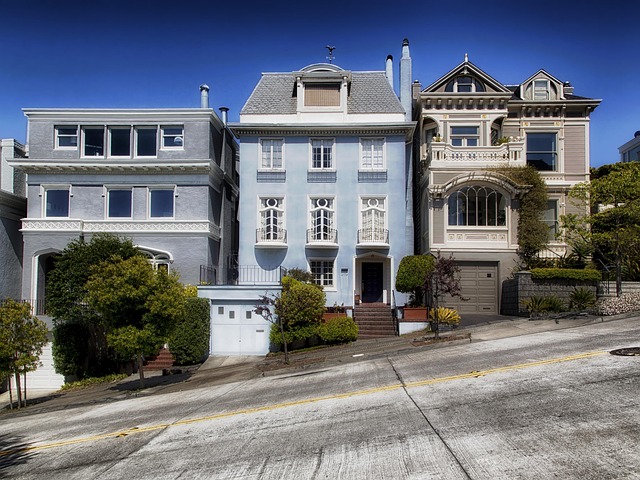
High-security deadbolts with anti-pick technology are essential for protecting properties, especiall…….
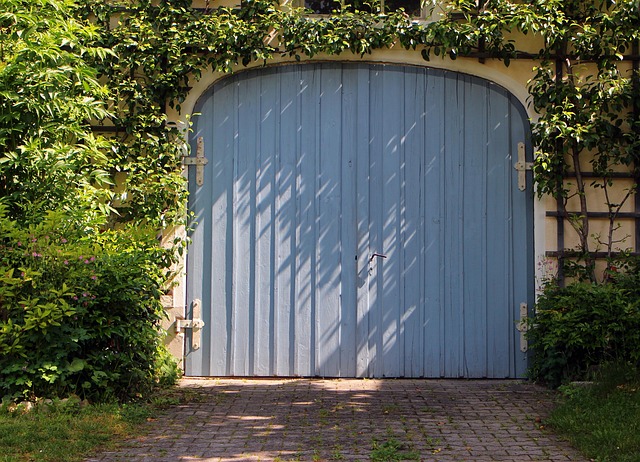
Residential security doors are crucial for protecting homes from unauthorized access, with key featu…….
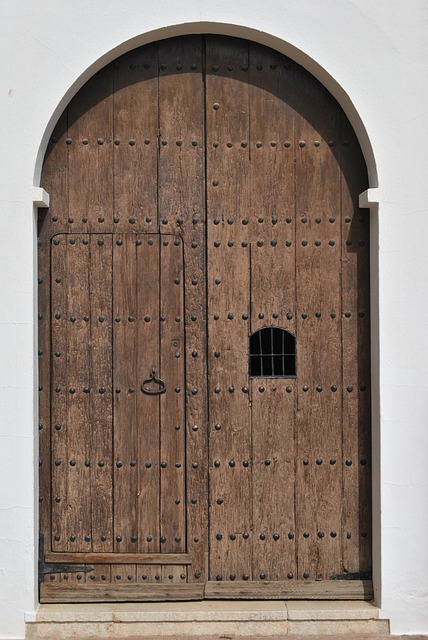
Keyless entry systems powered by RFID, biometric scanners, and mobile apps have transformed access c…….